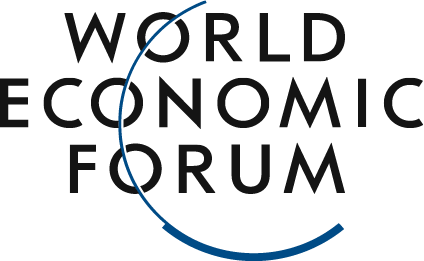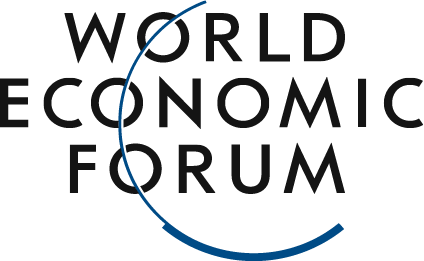When a company shares more value with stakeholders who are not shareholders, it may indicate that the company has a competitive advantage.
Image source:Getty Images
Jeroen Neckebrouck
Assistant Professor of Entrepreneurship at IESE Business School
Competitive advantage shouldn't be measured solely by accounting profits; it should also take into account the value created and distributed to non-shareholder stakeholders, such as employees.
An analysis of more than 14,000 Belgian companies reveals that labor rents—defined as the gap between employees' actual compensation and what would be considered a fair market salary—could be substantial.
A new method for measuring company performance takes into account stakeholder rents. This approach allows the CEO to claim that their company is sharing more value with its stakeholders, giving it a stronger competitive edge over rivals.
Suppose there are two nearly identical companies: Both belong to the same industry, produce similar products, generate comparable revenues, and employ very similar workforces. Last year, Company A reported a profit of $40 million, while Company B earned $45 million. At first glance, Company B appears to have higher profits and, therefore, a stronger competitive edge. But is that really the case?In a new study published in the journal *Strategic Management*, my co-author David Kryscynski and I present a groundbreaking empirical approach and set of data that challenge conventional ways of evaluating a company’s competitive advantage. Traditionally, a company’s value has been measured by shareholder returns, but we argue that corporate value should instead be assessed based on profits and the value generated for other non-shareholder stakeholders as well.Take Companies A and B as an example: Suppose the fair market compensation for employees at both companies is $20 million. While Company B paid exactly $20 million, Company A paid $30 million. In this case, we need to rethink how much actual value each company is truly generating.Company A pays its employees $10 million more than the market salary, generating an overall value of $50 million—comprising $40 million in profit plus an additional $10 million in shared value with its workforce. As a result, despite Company A’s lower accounting profits, it enjoys a competitive edge.The value created by a company can ultimately be distributed in various ways—determining who gets what. While some companies may choose to share more of that value with their stakeholders, this doesn’t necessarily mean their "competitiveness is weaker."An alternative method for measuring the value created by a companyOver the past few decades, the focus of strategic research has been on why some companies outperform others. To this end, researchers typically examine a company’s accounting profits—usually calculated as revenue minus costs. This aligns with the corporate philosophy of maximizing shareholder returns.However, in recent years, more discussions have emerged about definitions of "competitive advantage" and companies' true objectives. Today, there’s growing attention being paid to non-shareholder stakeholders—such as employees, society at large, and the environment—and the benefits they derive from businesses.The key premise behind this new perspective is that the value shared among different companies and non-shareholder stakeholders varies significantly. In some cases, the value shared by companies far exceeds the minimum required to encourage stakeholders to continue contributing.However, this idea has so far remained at the theoretical level. Our research provides empirical evidence showing that some companies share significantly more value with non-shareholder stakeholders than others—suggesting that focusing solely on profit may lead to an inaccurate understanding of competitive advantage. In other words, it’s the *total value* (the sum of all rents) that truly defines a company’s competitive edge.We analyzed more than 14,000 Belgian companies, with a particular focus on company employees as key stakeholders. Our findings reveal significant variations in the value received by employees across different firms. Labor rent refers to the difference between employees' actual compensation and what would be considered a market-competitive salary. The standard deviation of labor rent was approximately 86% of the average net accounting profit, indicating that labor rent typically represents a substantial portion of a company’s overall economic profitability.Our findings also offer insights for previous research on competitive advantage: To reliably measure competitive advantage and the value a company creates, it’s essential to consider the value received by both shareholders and non-shareholder stakeholders. In short, a company’s low accounting profit doesn’t necessarily indicate a lack of competitive edge—it could simply mean the firm is choosing to share more value with its broader stakeholder community.Pioneering a new methodologyMore and more companies are shifting toward goal-oriented guidelines. While traditionally relying on metrics such as net accounting profit and shareholder returns, our research offers a concrete approach to evaluating performance. As previously mentioned, we developed this method by examining stakeholder rents.This approach benefits the CEO, as even when profits are comparable to those of competitors, the CEO can claim that their company has shared more value with employees and other stakeholders—giving it a stronger competitive edge over industry peers.We need to refine our understanding of company performance. This doesn’t mean shareholders and financial investors are unimportant—quite the opposite, we rely on them. After all, shareholders and financial investors must see returns if they’re going to keep investing. However, it’s equally crucial to consider the benefits for other stakeholders as well. Doing so will help the company better understand the true economic value it creates, enabling more informed strategic decisions.This is not just a qualitative statement—it’s about the company’s overall value creation and how decisions are made regarding wealth distribution. Our research aims to support an evidence-based approach, integrating sustainable ethical practices into corporate decision-making, thereby enabling a more accurate measurement and deeper understanding of the total value companies generate.
The above content solely represents the author's personal views.This article is translated from the World Economic Forum's Agenda blog; the Chinese version is for reference purposes only.Feel free to share this on WeChat Moments; please leave a comment below the post if you’d like to republish.
Translated by: Di Chenjing | Edited by: Wang Can
The World Economic Forum is an independent and neutral platform dedicated to bringing together diverse perspectives to discuss critical global, regional, and industry-specific issues.
Follow us on Weibo, WeChat Video Channels, Douyin, and Xiaohongshu!
"World Economic Forum"





